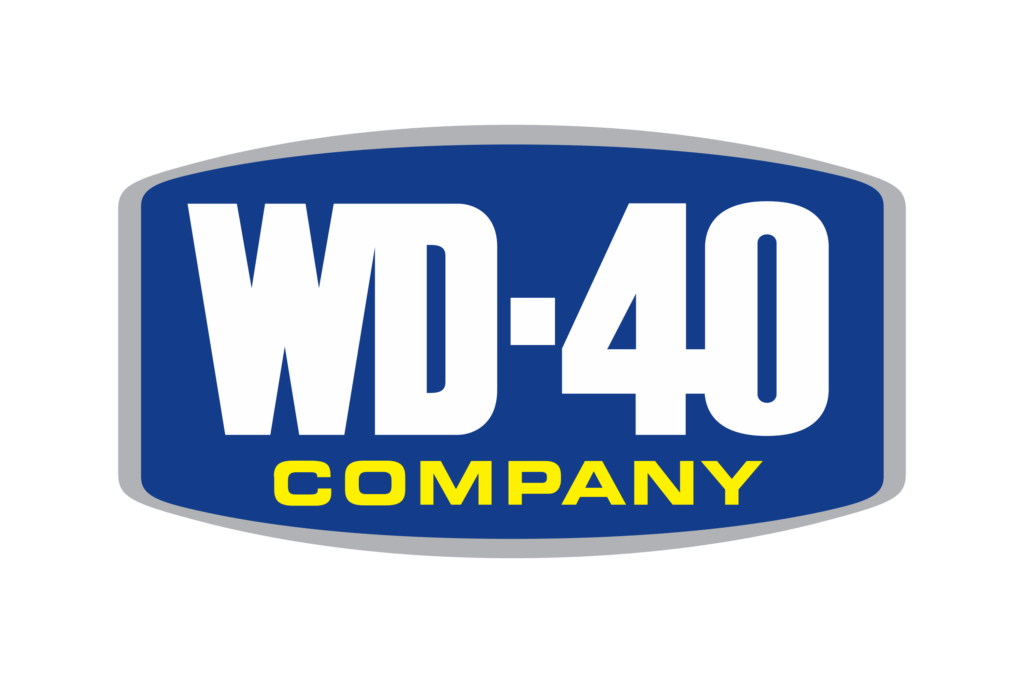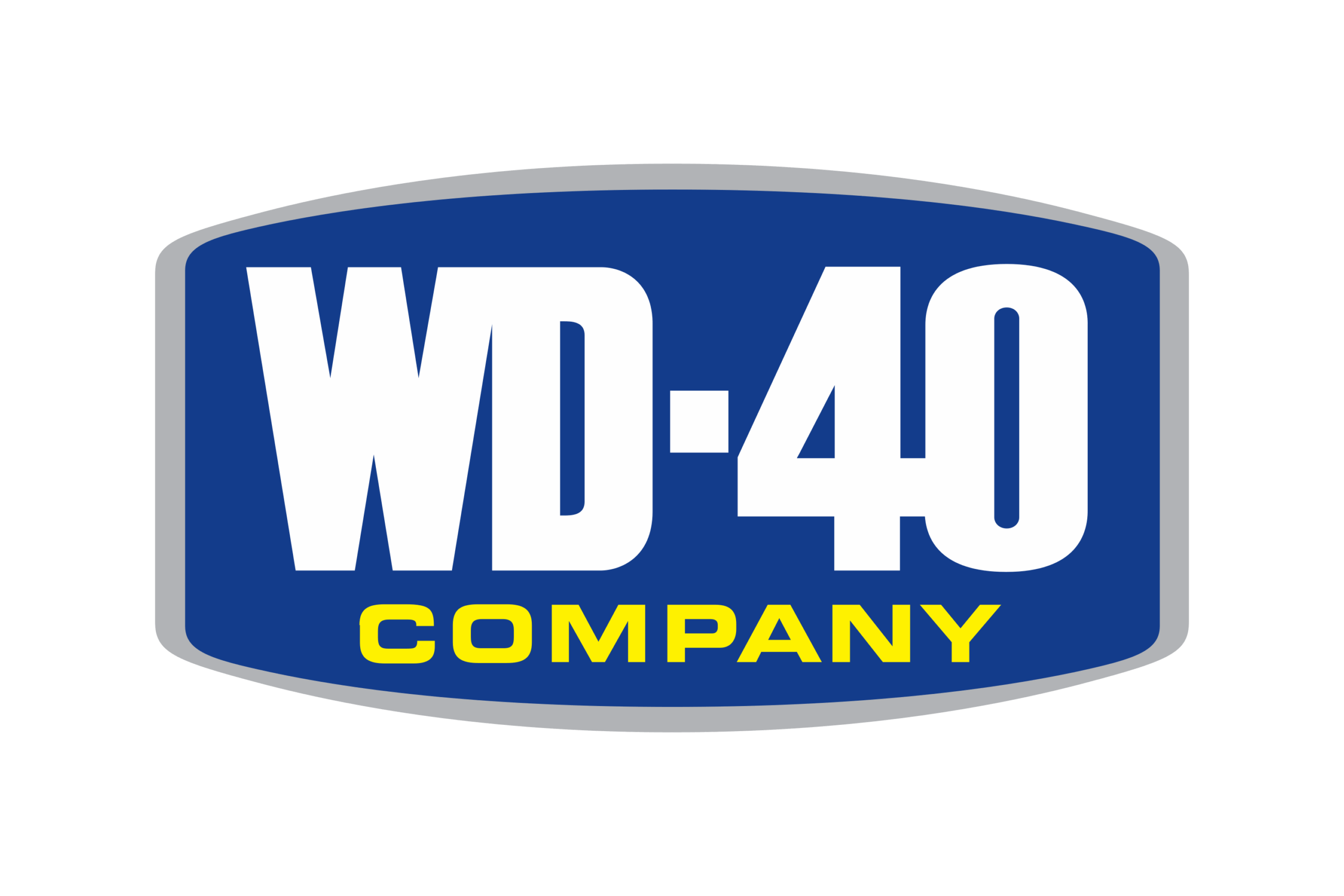
Unlocking the Power of WD-40: More Than Just a Lubricant
WD-40. The name itself is practically synonymous with household problem-solving. But what exactly is WD-40, and why has it become such a ubiquitous presence in garages, workshops, and homes around the world? This article delves into the history, composition, diverse applications, and some surprising facts about this iconic product, revealing why it’s far more than just a simple lubricant. We will explore the origins of WD-40, its intended purpose, and the myriad of unexpected uses that have contributed to its enduring popularity. Whether you’re a seasoned DIY enthusiast or simply curious about the magic behind this blue and yellow can, prepare to discover the remarkable versatility of WD-40.
The Origins of a Legend: From Aerospace to Everyday Life
The story of WD-40 begins in 1953 at the Rocket Chemical Company in San Diego, California. A team led by Norm Larsen was tasked with creating a rust preventative and water displacement solution for the aerospace industry. Their goal was to protect the outer skin of the Atlas missile from corrosion. After numerous attempts, the formula that we know as WD-40 was finally perfected. The name itself stands for “Water Displacement, 40th attempt,” indicating the trial-and-error process involved in its creation. It’s important to note that the exact formula of WD-40 remains a closely guarded trade secret.
Initially, WD-40 was used exclusively by Convair, the company manufacturing the Atlas missile. However, employees began taking the product home for personal use, discovering its effectiveness in solving a wide range of household problems. This grassroots demand led the Rocket Chemical Company to package WD-40 in aerosol cans for commercial sale in 1958. The rest, as they say, is history. From its humble beginnings in the aerospace industry, WD-40 quickly became a household staple, renowned for its versatility and effectiveness.
Decoding the Formula: What’s Inside the Can?
While the precise composition of WD-40 is confidential, its key components and their functions are generally understood. It’s a complex blend of various ingredients, each contributing to its unique properties. These include:
- Mineral Spirits: Act as a solvent, helping to dissolve grease, grime, and other residues.
- Petroleum-Based Oil: Provides lubrication, reducing friction and preventing rust.
- Carbon Dioxide: Used as a propellant to dispense the product from the can.
- Inert Ingredients: Contribute to the overall performance and stability of the formula.
The combination of these ingredients creates a product that can penetrate rust, displace moisture, lubricate moving parts, and clean surfaces. It’s this multi-functional nature that makes WD-40 so incredibly useful in a wide variety of applications. Understanding these components can help you appreciate the science behind its effectiveness.
The Many Faces of WD-40: Exploring its Diverse Applications
The versatility of WD-40 is truly remarkable. Its applications extend far beyond simple lubrication. Here are just a few of the ways WD-40 can be used:
- Lubricating Squeaky Hinges: A classic application, WD-40 effectively silences noisy hinges on doors, cabinets, and gates.
- Loosening Rusted Bolts and Screws: WD-40’s penetrating properties help to break down rust and corrosion, making it easier to remove stubborn fasteners.
- Protecting Tools from Rust: A light coating of WD-40 can prevent rust and corrosion on hand tools, power tools, and other metal objects.
- Cleaning Grease and Grime: WD-40 effectively removes grease, grime, and dirt from a variety of surfaces, including tools, machinery, and automotive parts.
- Displacing Moisture: WD-40 can help to dry out wet electrical components, preventing short circuits and corrosion.
- Removing Sticky Residue: From tape and stickers to gum and crayon marks, WD-40 can dissolve sticky residue, making it easier to clean surfaces.
- Freeing Stuck Zippers: A small amount of WD-40 can help to lubricate a stuck zipper, allowing it to move freely.
- Cleaning and Protecting Car Parts: WD-40 can be used to clean and protect various car parts, including the engine, battery terminals, and chrome trim.
This is just a small sampling of the many uses for WD-40. Its versatility has made it an indispensable tool for homeowners, mechanics, and DIY enthusiasts alike. The possibilities are truly endless, limited only by your imagination. [See also: WD-40 Uses for Car Maintenance]
Beyond the Basics: Unexpected and Unusual Uses for WD-40
While WD-40 is well-known for its lubricating and rust-preventative properties, it also boasts a surprising number of unconventional applications. These unexpected uses have contributed to its legendary status and cemented its place in popular culture. Here are a few examples:
- Removing Crayon Marks from Walls: A quick spray of WD-40 followed by wiping with a clean cloth can effectively remove crayon marks from painted walls.
- Cleaning and Polishing Stainless Steel: WD-40 can be used to clean and polish stainless steel appliances, leaving them with a streak-free shine.
- Waterproofing Shoes: Applying a light coat of WD-40 to your shoes can help to repel water and protect them from the elements.
- Removing Chewing Gum from Hair: Spraying WD-40 on the affected area can help to loosen the gum, making it easier to remove.
- Cleaning Toilet Bowls: Surprisingly, WD-40 can be used to clean toilet bowls, removing stains and grime.
- Attracting Fish: Some anglers claim that spraying WD-40 on their fishing lures attracts fish, although this is a controversial practice.
These unusual applications demonstrate the incredible versatility of WD-40 and its ability to solve a wide range of problems, both conventional and unconventional. However, it’s essential to exercise caution when using WD-40 in unconventional ways and to test it on a small, inconspicuous area first. [See also: WD-40 Safety Precautions]
Safety First: Important Considerations When Using WD-40
While WD-40 is generally safe to use, it’s important to be aware of certain precautions. Like any chemical product, it should be handled with care and used according to the manufacturer’s instructions. Here are some important safety considerations:
- Flammability: WD-40 is flammable and should be kept away from heat, sparks, and open flames.
- Ventilation: Use WD-40 in a well-ventilated area to avoid inhaling the fumes.
- Skin and Eye Contact: Avoid contact with skin and eyes. If contact occurs, rinse thoroughly with water.
- Ingestion: WD-40 is harmful if swallowed. Keep it out of reach of children and pets.
- Material Compatibility: While generally safe for most materials, WD-40 can damage certain plastics and rubber. Test on an inconspicuous area before applying to larger surfaces.
By following these safety precautions, you can use WD-40 safely and effectively for a wide range of applications. Always read the product label carefully before use and consult the manufacturer’s website for additional safety information.
Debunking Myths: Separating Fact from Fiction About WD-40
Over the years, numerous myths and misconceptions have arisen surrounding WD-40. It’s important to separate fact from fiction to ensure that you’re using the product safely and effectively. Here are a few common myths debunked:
- Myth: WD-40 is a substitute for penetrating oil.
Fact: While WD-40 can help to loosen rusted parts, it’s not as effective as a dedicated penetrating oil. For heavily rusted or corroded components, a penetrating oil is a better choice. - Myth: WD-40 is a long-term lubricant.
Fact: WD-40 is a light lubricant and will eventually evaporate. For long-term lubrication, use a dedicated lubricant such as grease or oil. - Myth: WD-40 can damage electrical components.
Fact: WD-40 is non-conductive and can be used to displace moisture from electrical components. However, it’s important to allow the WD-40 to dry completely before restoring power. - Myth: WD-40 contains fish oil.
Fact: This is a common misconception. WD-40 does not contain fish oil.
By understanding the facts about WD-40, you can use it more effectively and avoid potential problems. Always consult the manufacturer’s website for accurate information and usage guidelines.
The Enduring Legacy of WD-40: A True American Icon
From its humble beginnings in the aerospace industry to its current status as a household staple, WD-40 has become a true American icon. Its versatility, effectiveness, and widespread availability have made it an indispensable tool for millions of people around the world. Whether you’re lubricating squeaky hinges, loosening rusted bolts, or simply cleaning up a mess, WD-40 is a reliable and trusted solution. Its enduring legacy is a testament to its quality, innovation, and ability to solve a wide range of problems. As long as there are squeaks to silence, rust to prevent, and messes to clean, WD-40 will continue to be a trusted companion.
The story of WD-40 is a fascinating example of how a product designed for a specific purpose can find widespread adoption and become a household name. Its journey from the aerospace industry to everyday life is a testament to its versatility and effectiveness. So, the next time you reach for that blue and yellow can, take a moment to appreciate the history and ingenuity behind this iconic product. It’s more than just a lubricant; it’s a symbol of American innovation and problem-solving.

